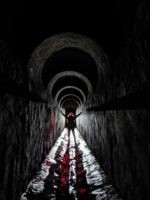Abandoned Isle of Wight: St Lawrence Tunnel
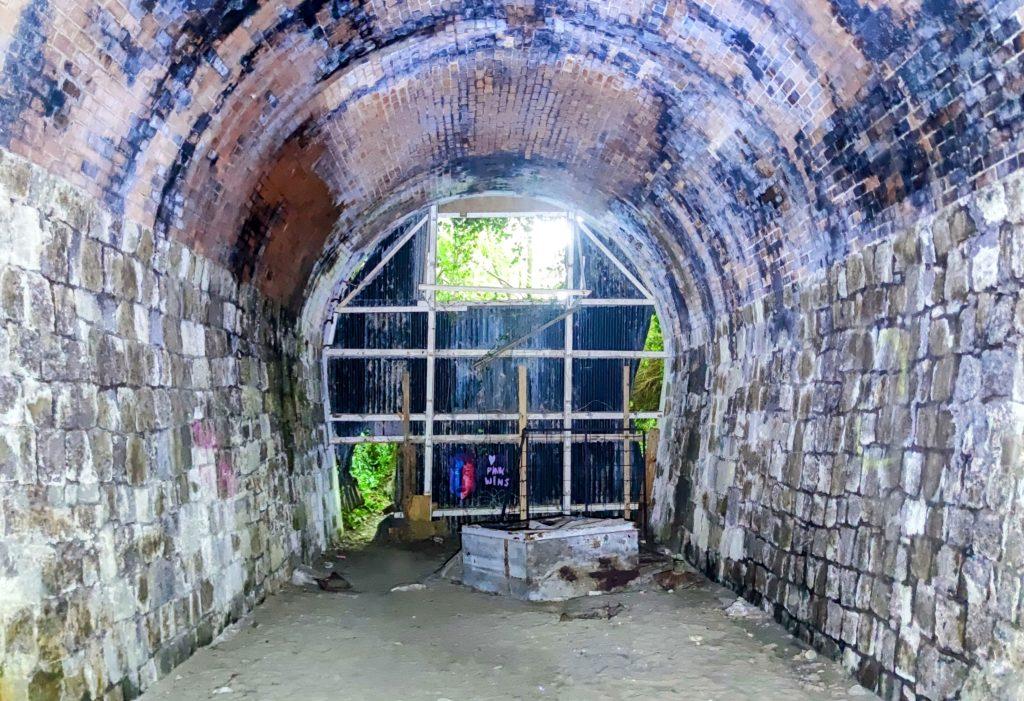
Starting in 1894, two teams of men started work to blast out St Lawrence’s tunnel using high explosives. They began at either end of the tunnel and they met in the middle apparently only a few inches out. A local newspaper reported in 1895 that “The engineers were very true in their boring calculations, and when the two parties met on Saturday the deviation was seen to be trifling.” Today, the tunnel has been abandoned for 70 years and rumours circulate about its dark past.
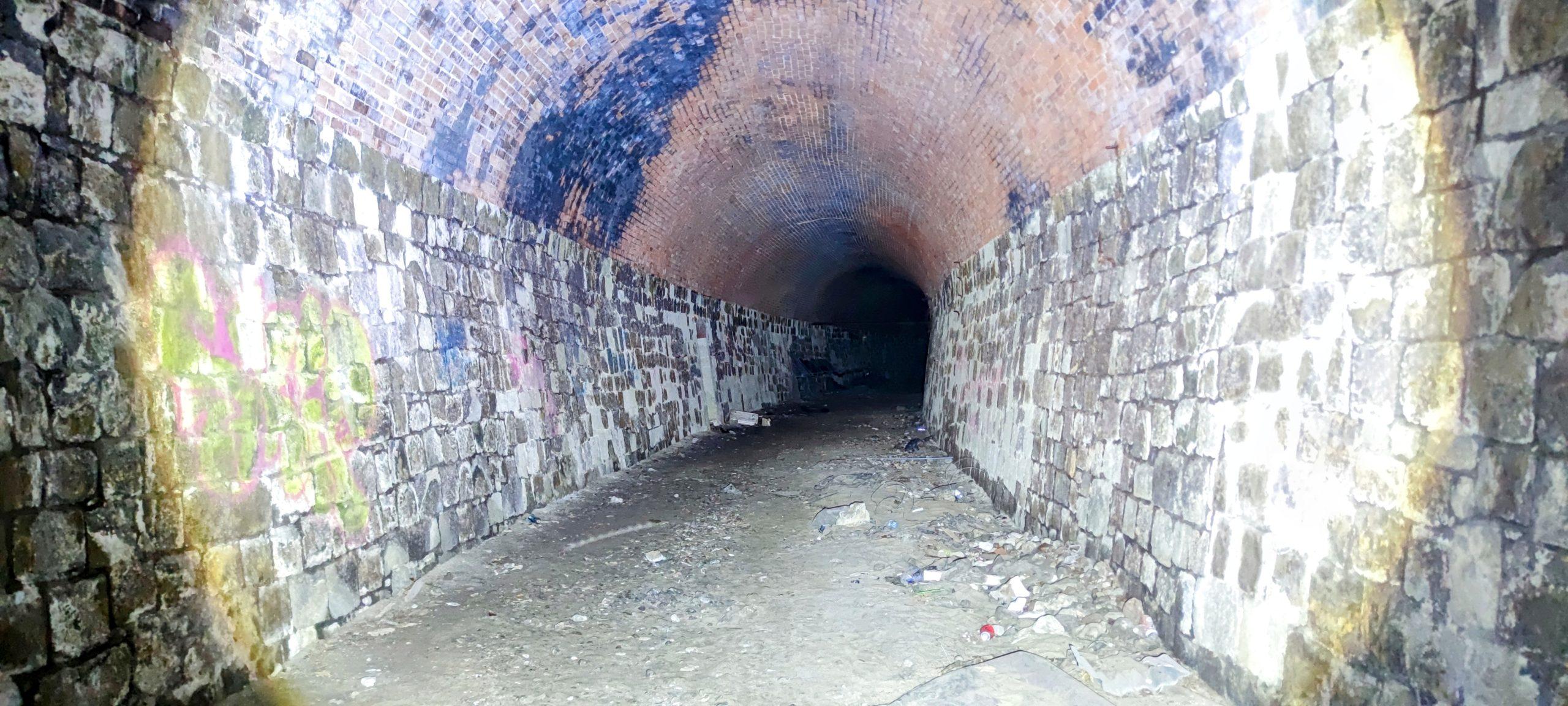
History
Railways were slow to arrive on the Isle of Wight and only did so in 1862 between Cowes and Newport. St. Lawrence station was the terminus for 3 years when the line opened, until the station at Ventnor Town was completed in 1900. Unfortunately, the line and the station never attracted a high number of passengers.

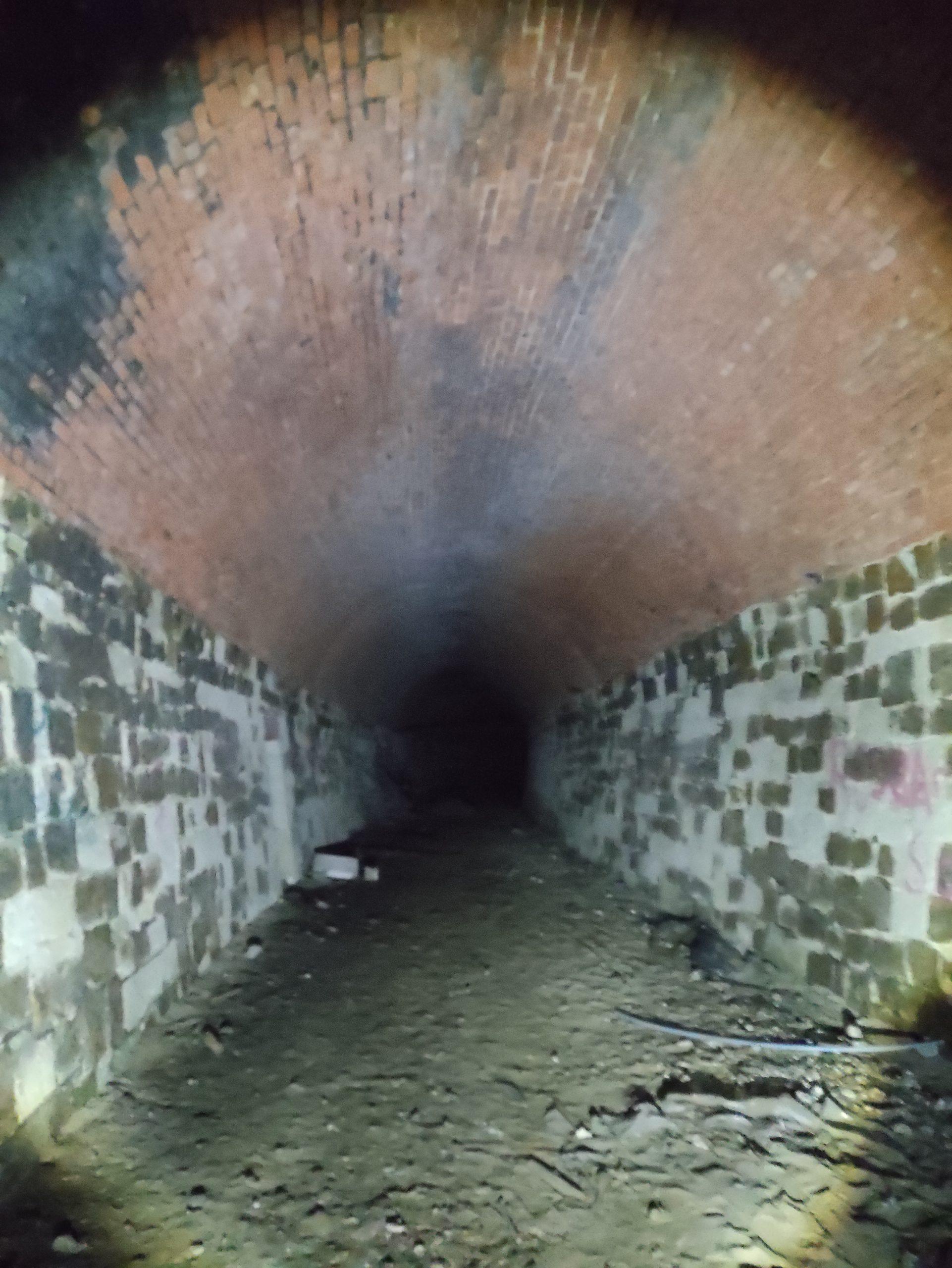
By the 1950s, numbers of train passengers across the island were dwindling. The Merstone to Ventnor line was the first to close in 1952 and St. Lawrence station and tunnel were abandoned. The Isle of Wight once had 55.5 miles of railway but after 1966 only just over 8 miles were still in use.
Today
The majority of disused train lines on the Island have been turned into cycleways or footpaths. This has not happened to the St. Lawrence tunnel. This might be because the tunnel and track were built high on a cliff face and during its operational years rock falls were common. However, it was said that the distance of track between St. Lawrence tunnel and the station were the best views from any of the island’s tracks.
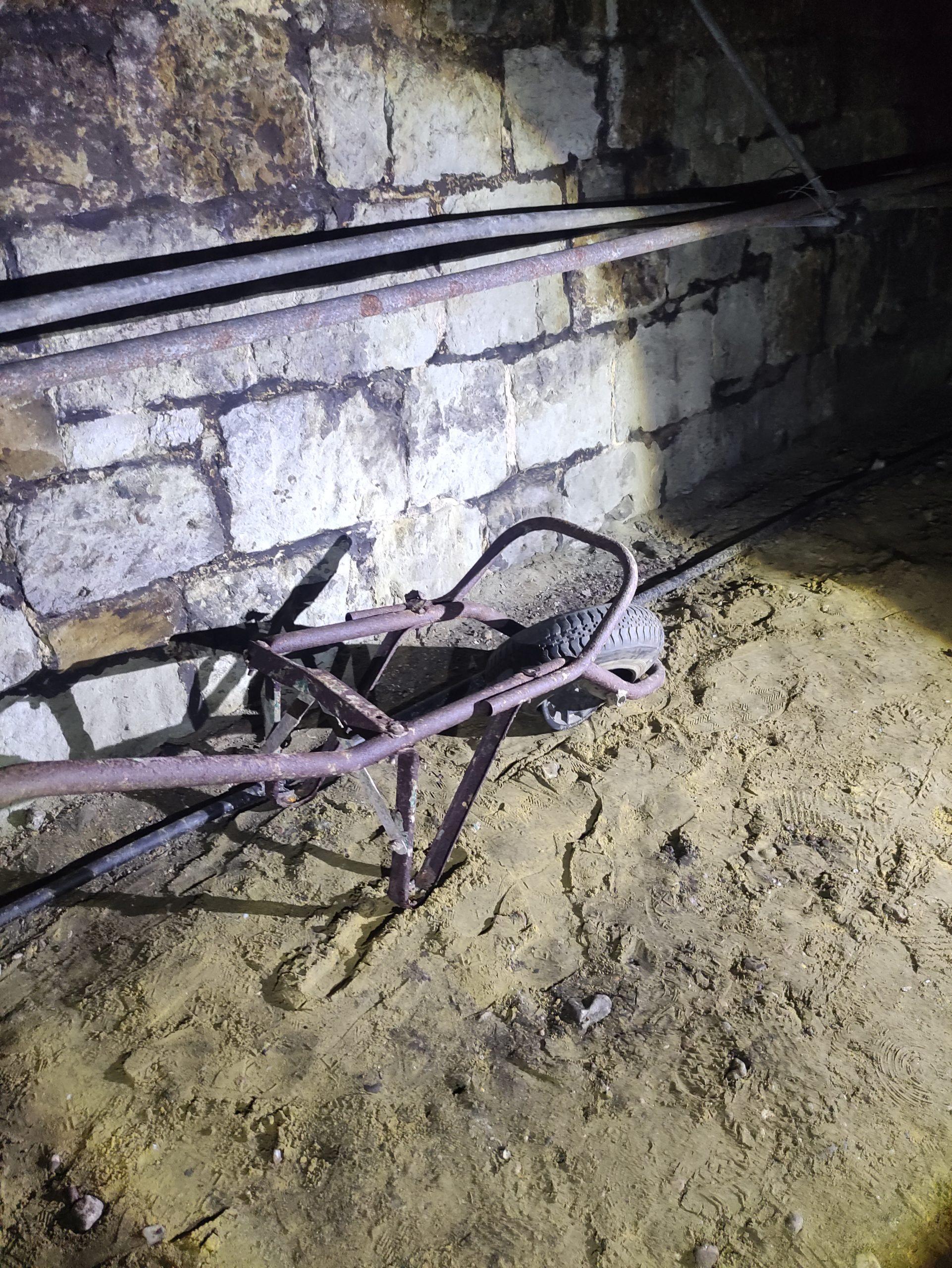
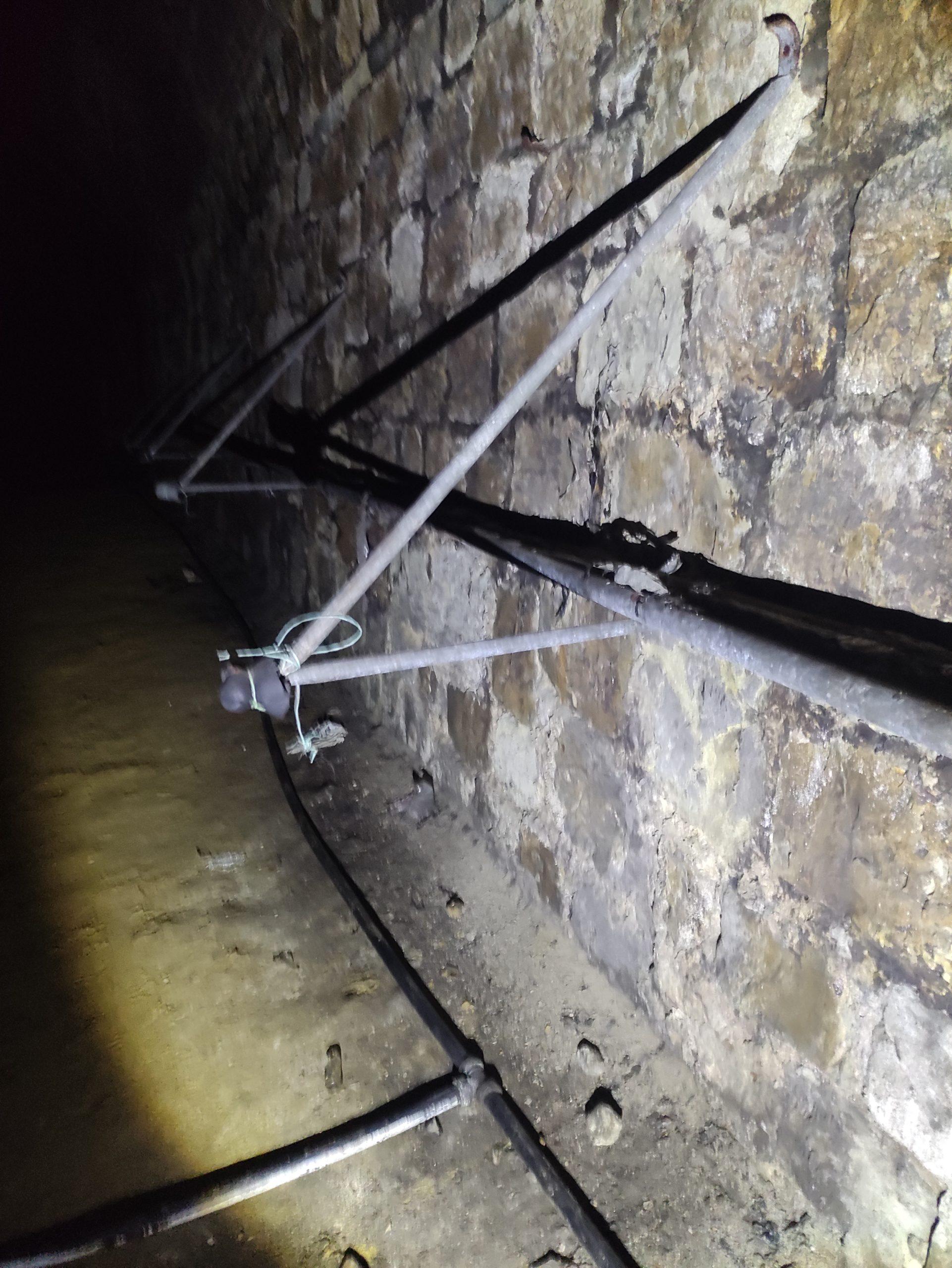
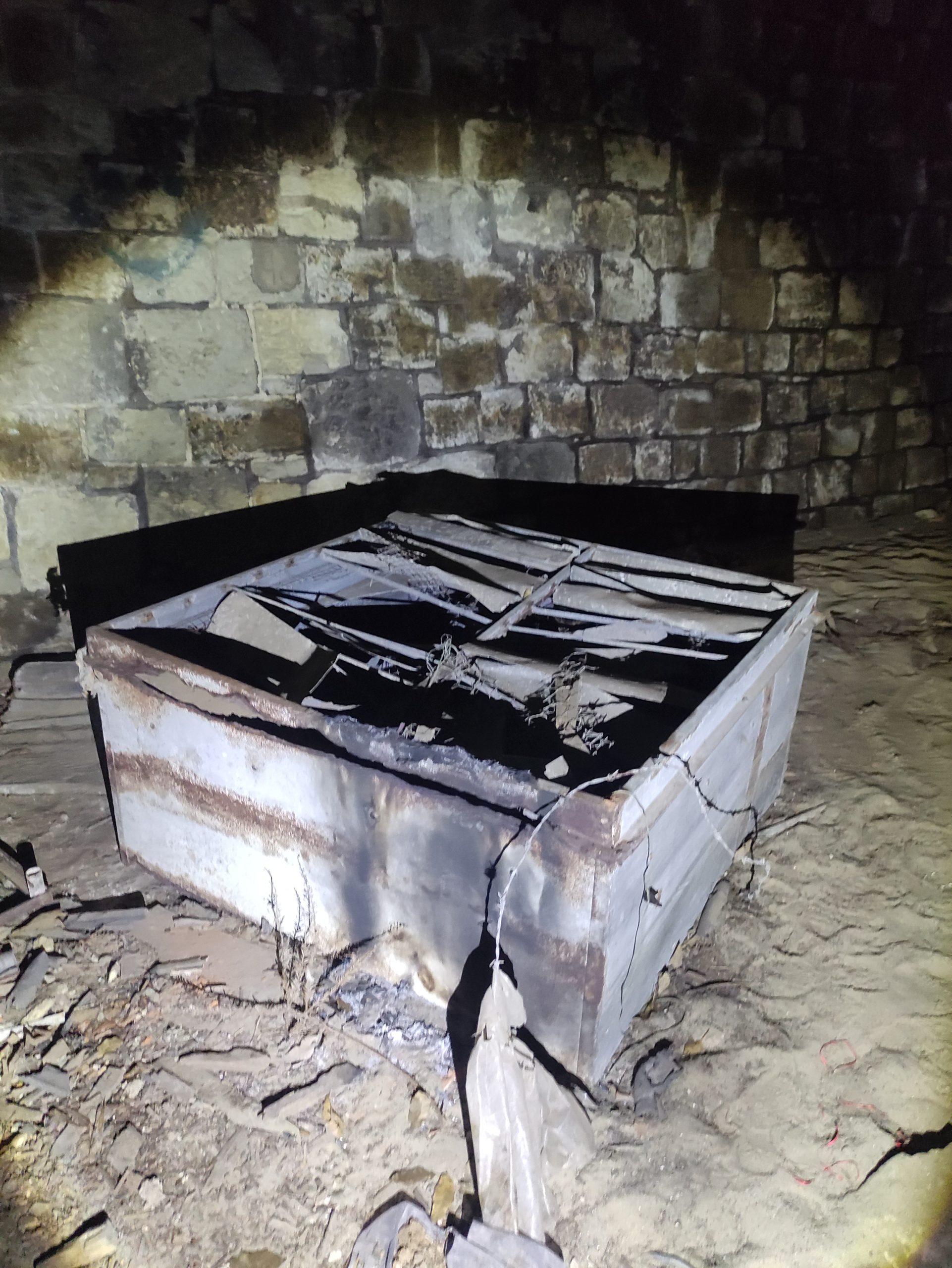
We entered via the south entrance which was very simple. After a steep climb on the public footpath from the main road we could see the graffitied corrugated metal. This had once been used to block off this entrance but a door sized hole had been made and in we went. Looking at pictures, it seems that this entrance has been like this for many years.
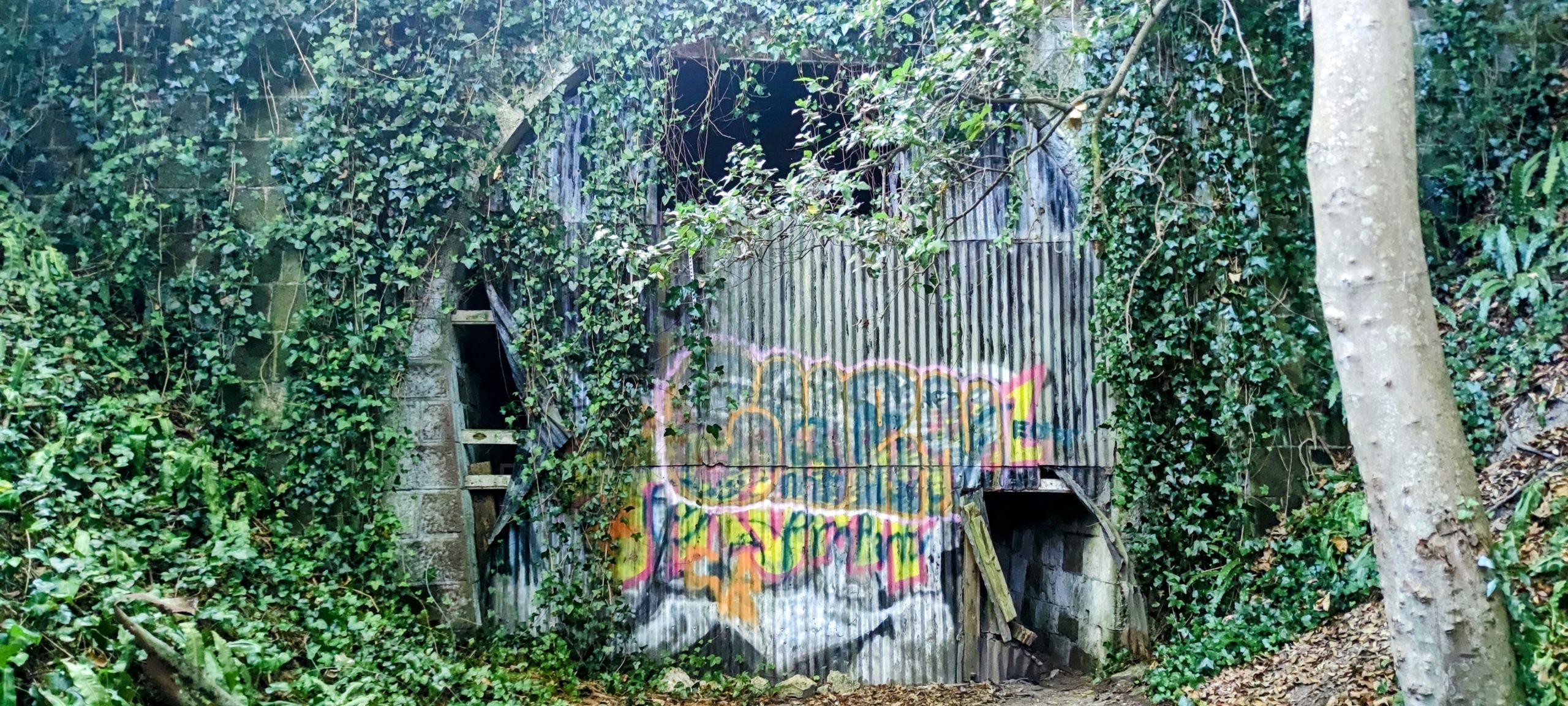
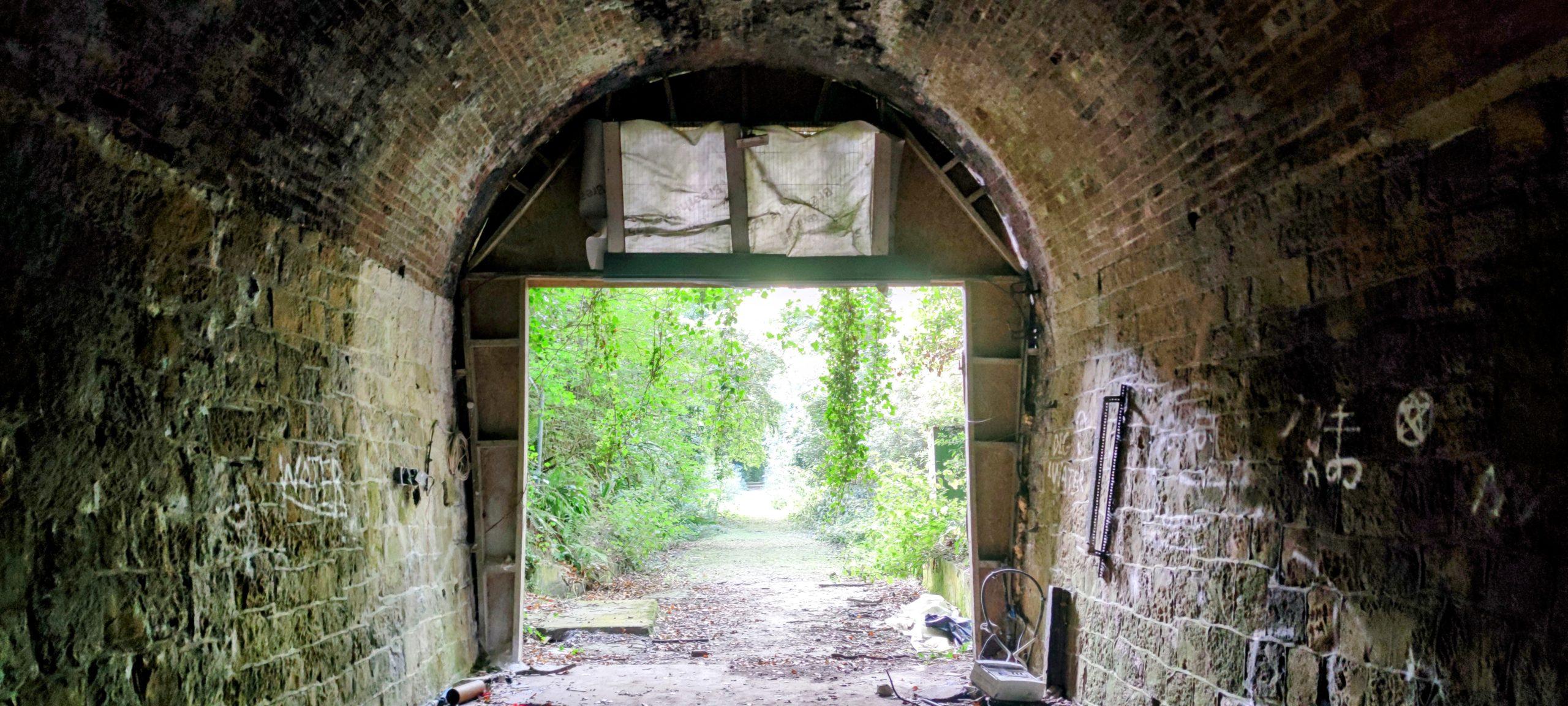
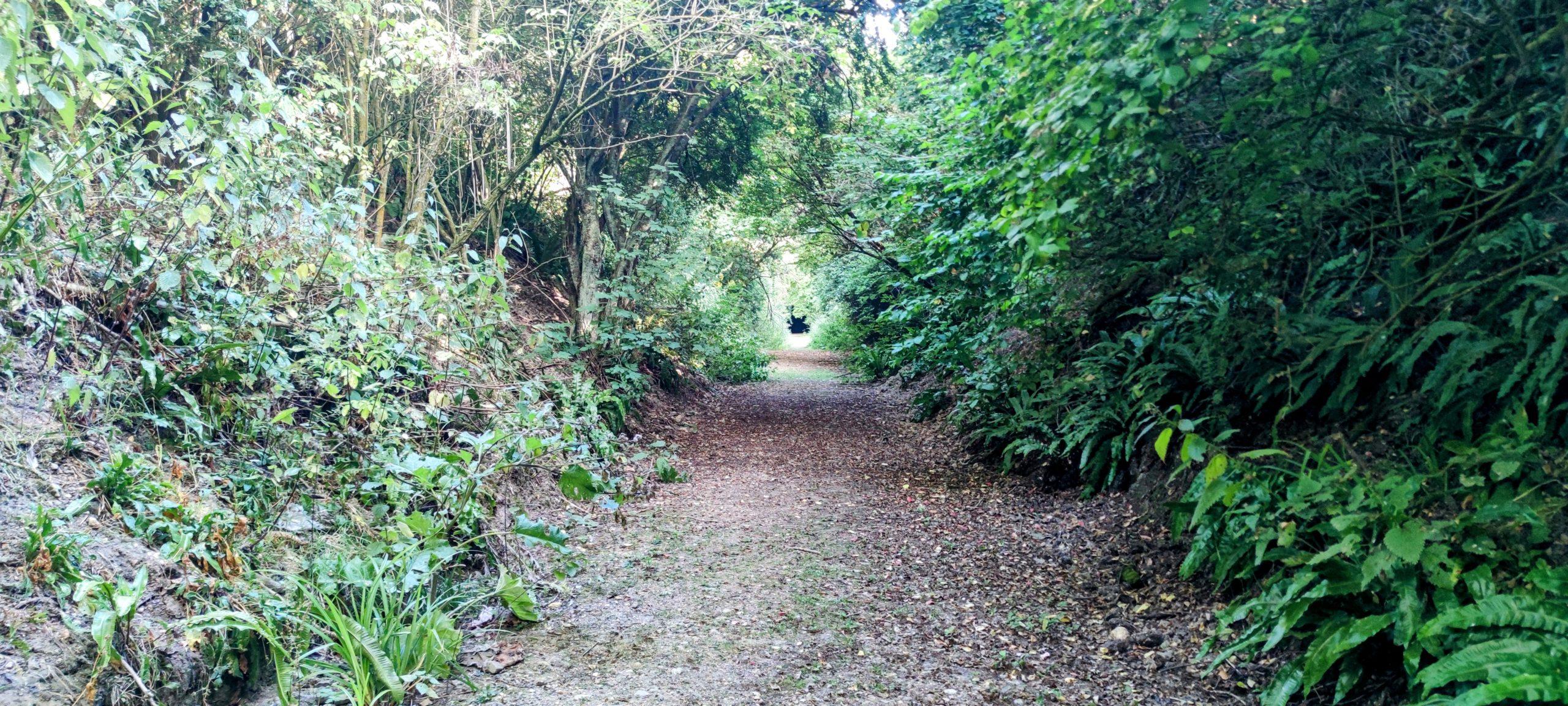
Exploration
According to locals, the tunnel housed a mushroom farm for a number of years. There wasn’t any evidence of this inside the tunnel and no newspaper reports of this being the case. However, previous explorers have found compost and other signs that something was grown at the site. Today, most of the rubbish has been cleared out. The north entrance did have a larger collection of dumped goods including a fridge, a wheelbarrow and a radiator but there was no jet ski as others have sighted!
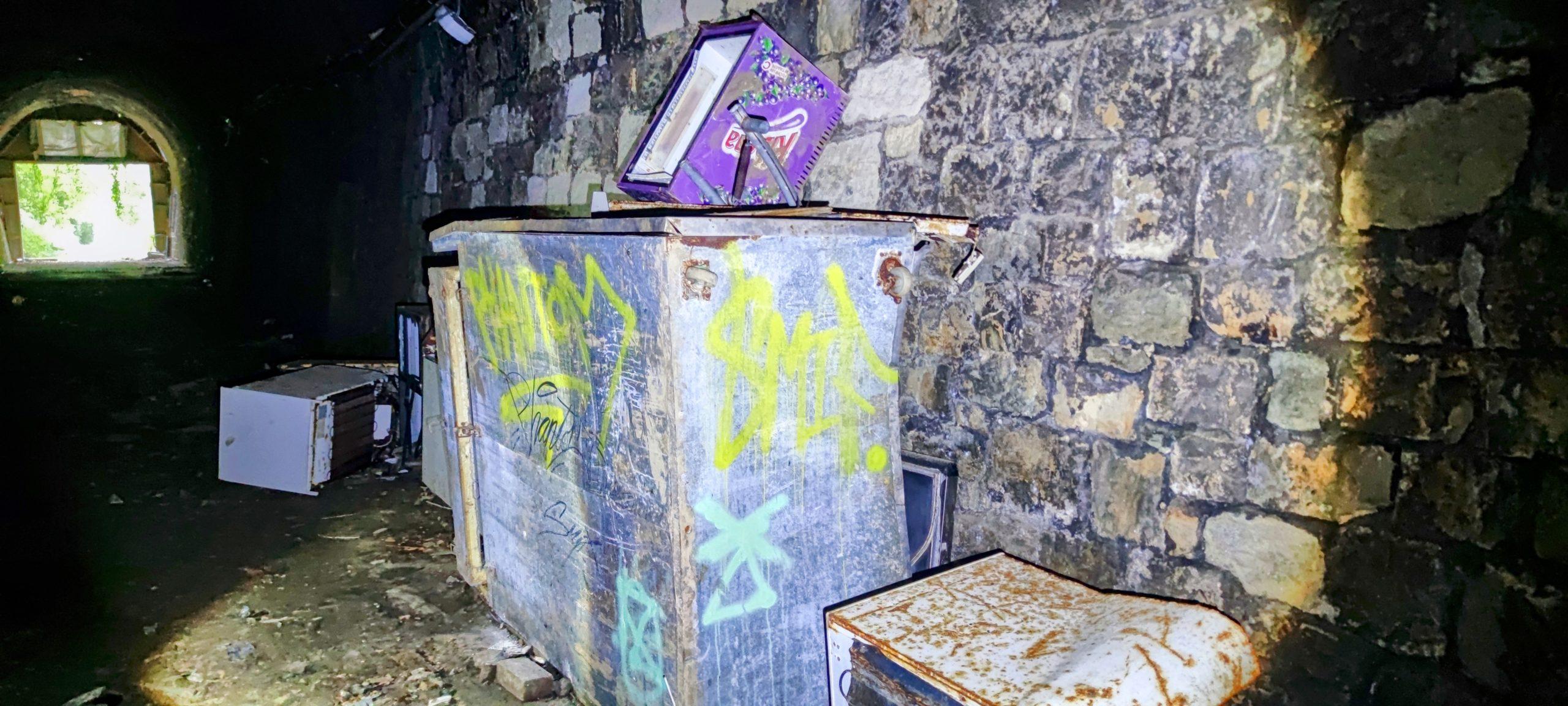

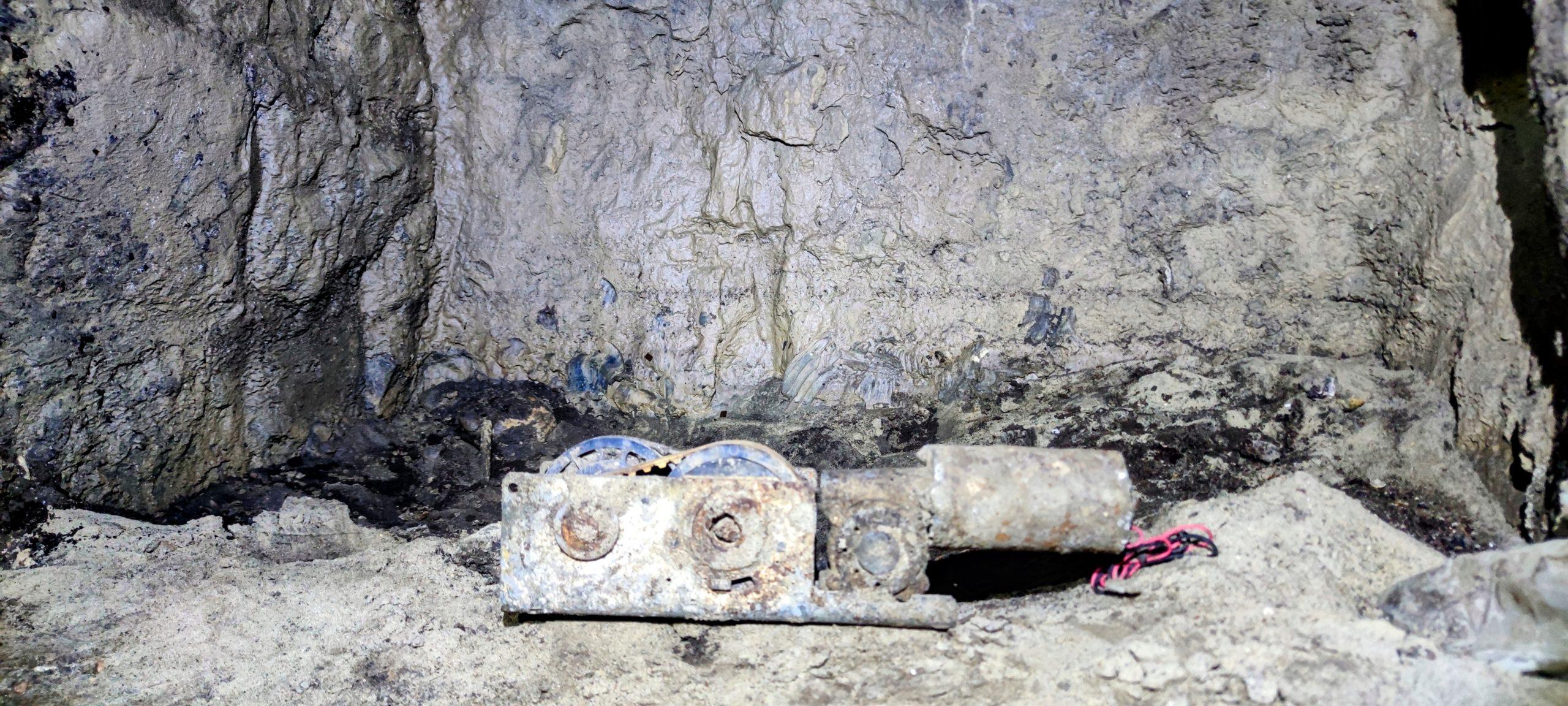
This over 500 metre tunnel is a great little explore, especially for new explorers. There is no stress around being caught and told off and it is easy to access. All you need is suitable footwear and a torch and you are good to go. To get to one end to the other took us about 10 minutes which included stopping to take photos. There isn’t much left in the tunnel to show that trains used to travel through here. The ground is very sandy and dirt has covered up any remaining tracks. There are inlets to allow a person to shelter and move out of the way if a train goes past.

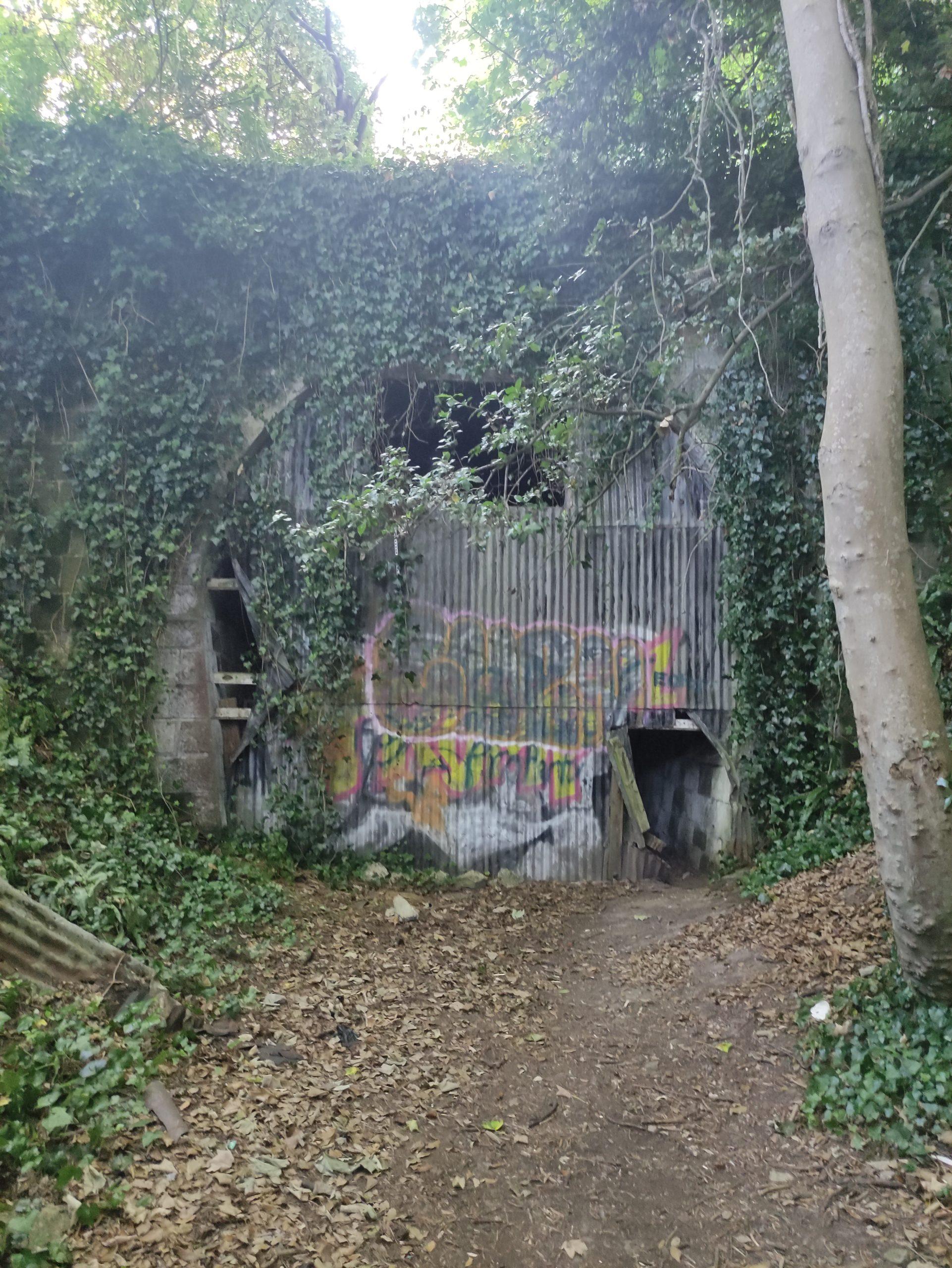
After exploring both ends of the tunnel we wandered along the road to follow where the track would have run into St. Lawrence station, which was unmanned from 1927. This is now a private residence but remnants of its previous use nearly 100 years ago can still be seen. There are some tracks in the very long and straight garden.
Last Updated on 31 December 2022 by Michael

